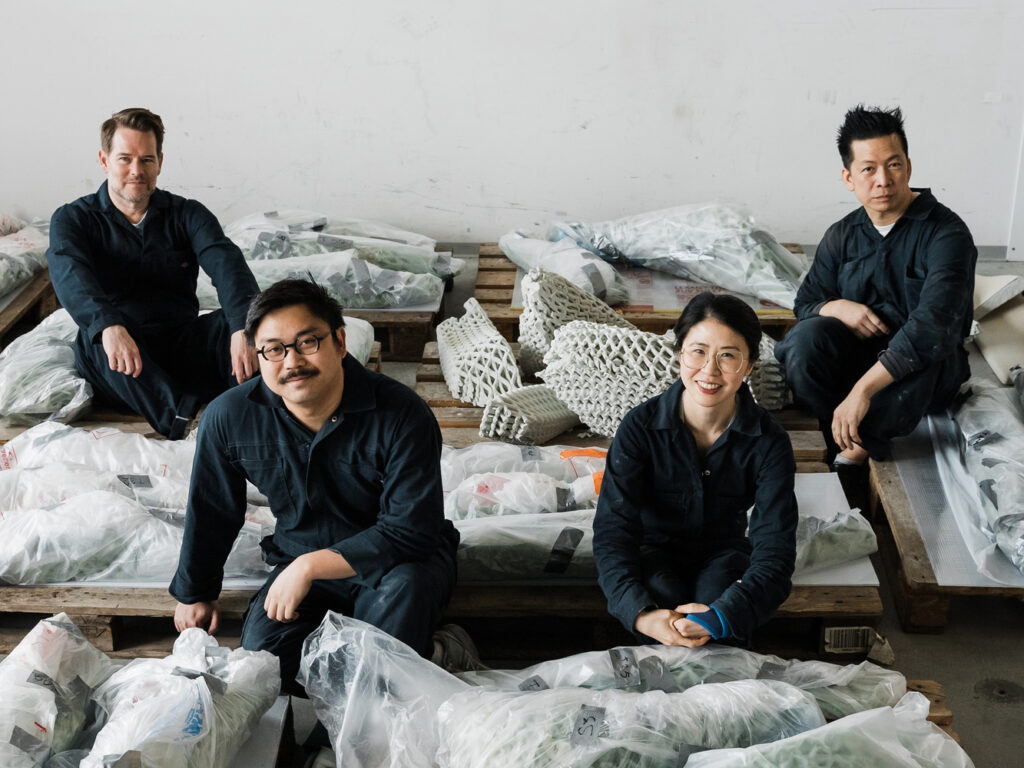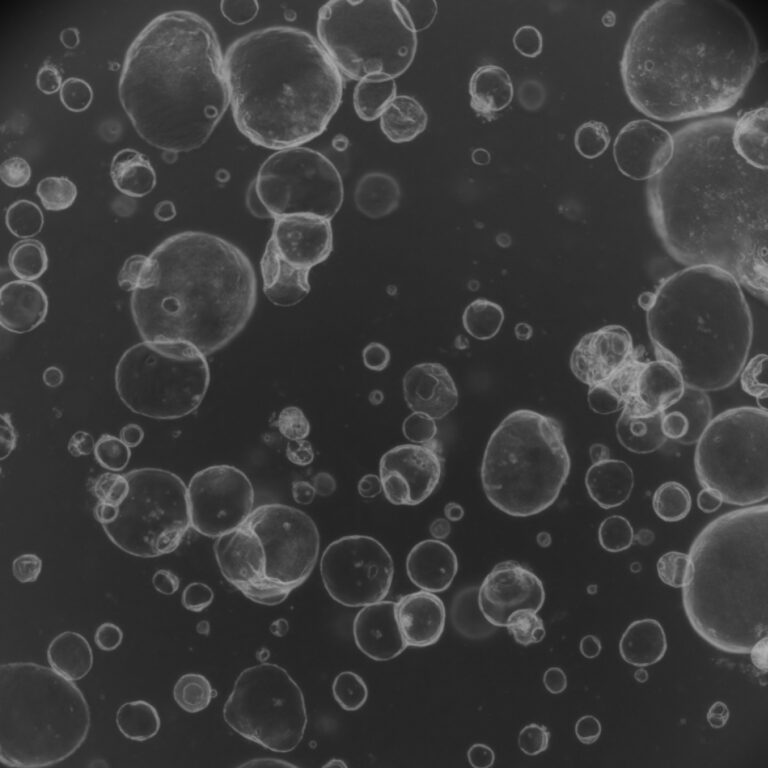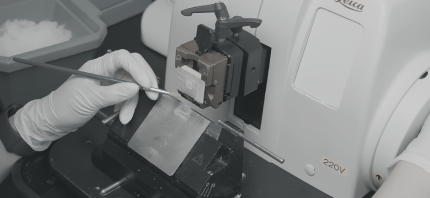At the 2025 Venice Architecture Biennale, a project called Picoplanktonics reimagines buildings as living systems. Created by The Living Room Collective and commissioned by the Canada Council for the Arts, the exhibition is on view from May 10 to November 26, 2025. It uses cyanobacteria – photosynthetic microbes – as part of 3D-printed bio-cement structures that absorb carbon dioxide and gradually transform it into solid material.
These microbes remain alive inside the material and require light, moisture, and nutrients to stay active. The structure, in turn, is not fixed or finished – it continues to grow and change, inviting ongoing care and attention.

In an interview with designboom, Andrea Shin Ling, biodesigner and lead of the Living Room Collective, explains that the work challenges how we think about materials, biology, and environmental responsibility. Rather than treating organisms as decoration, the project proposes an architectural approach where biology and design operate together.
Read more:
3D printed biostructures with live bacteria capture carbon dioxide from air at venice biennale





